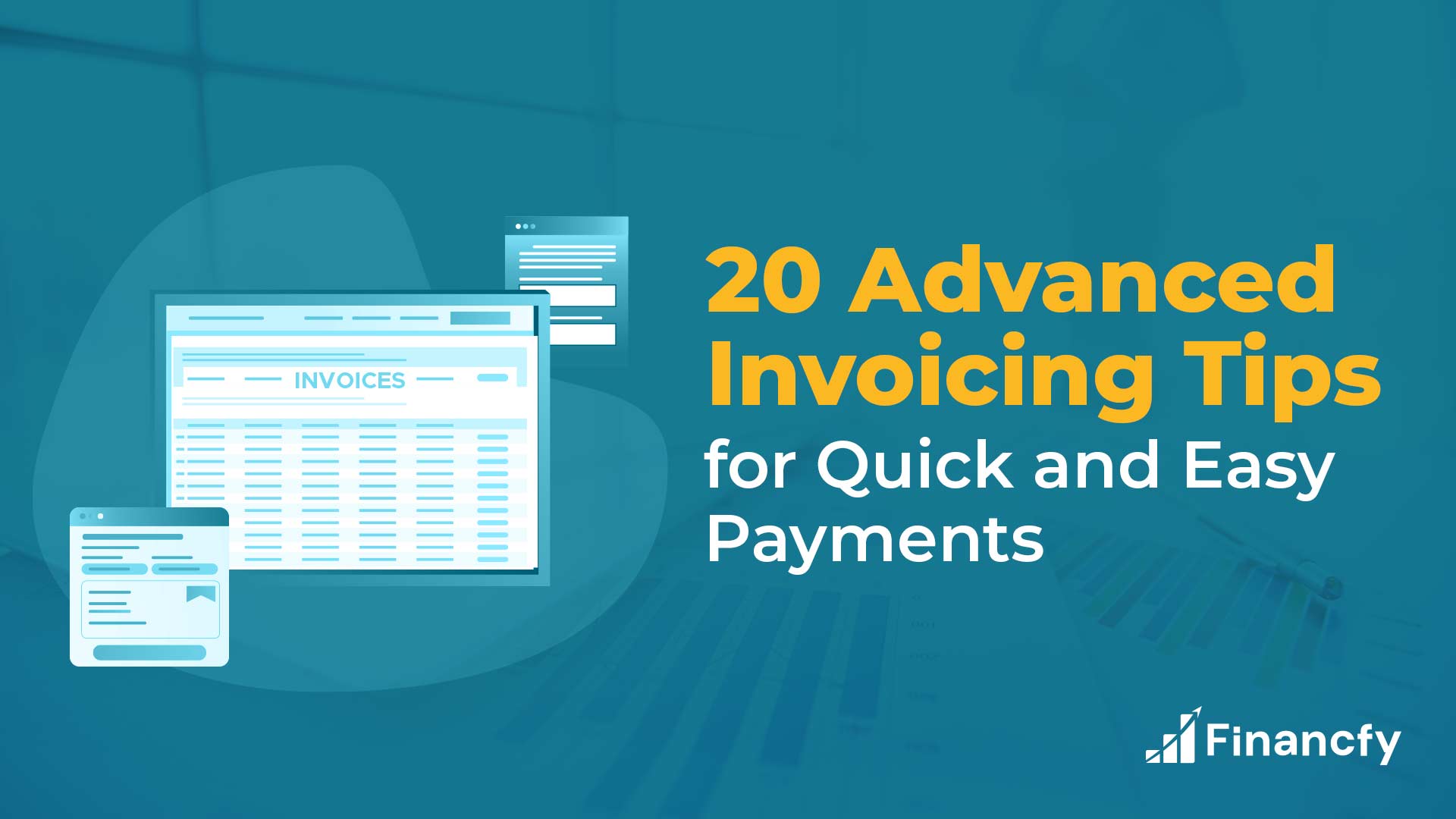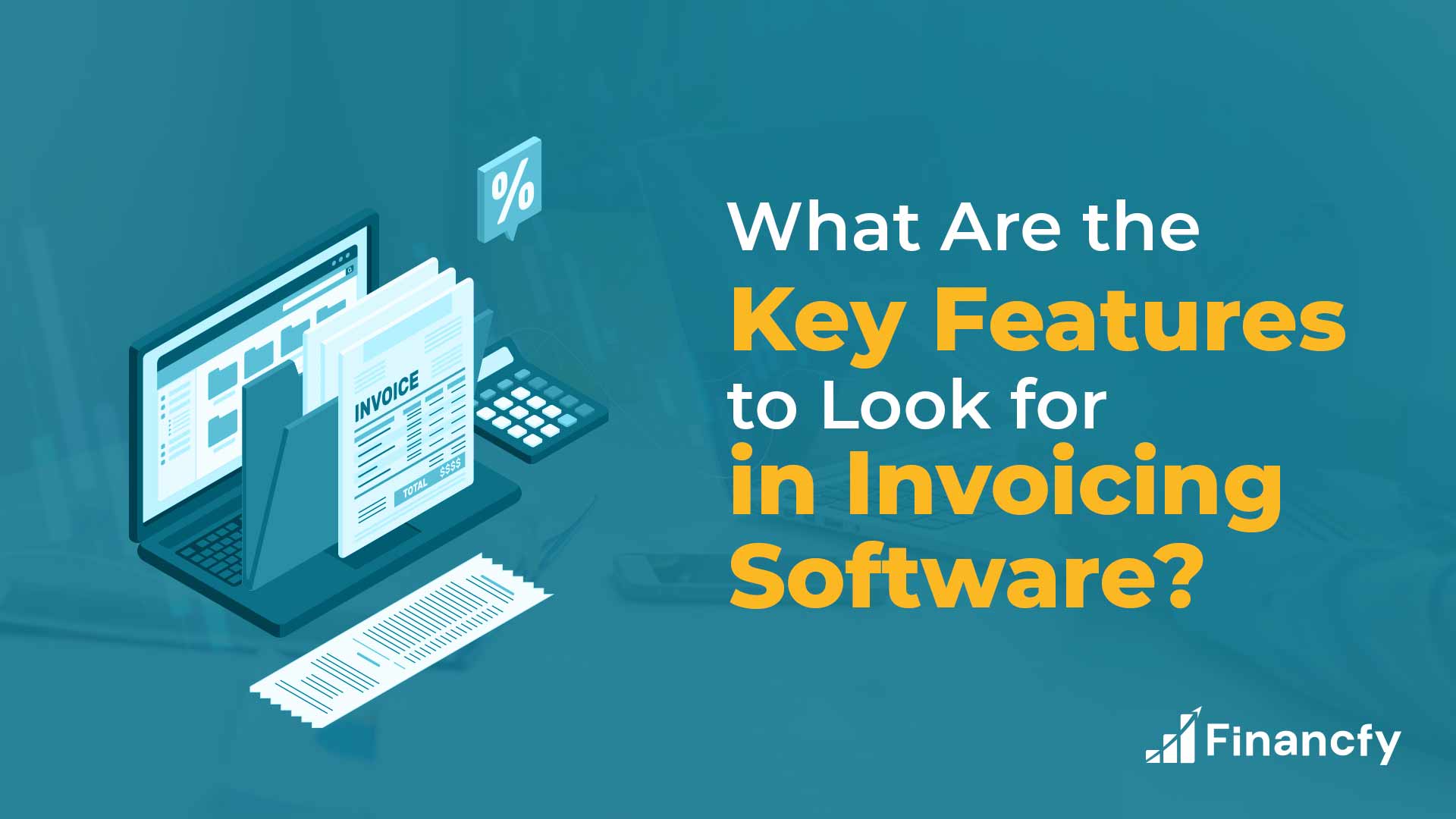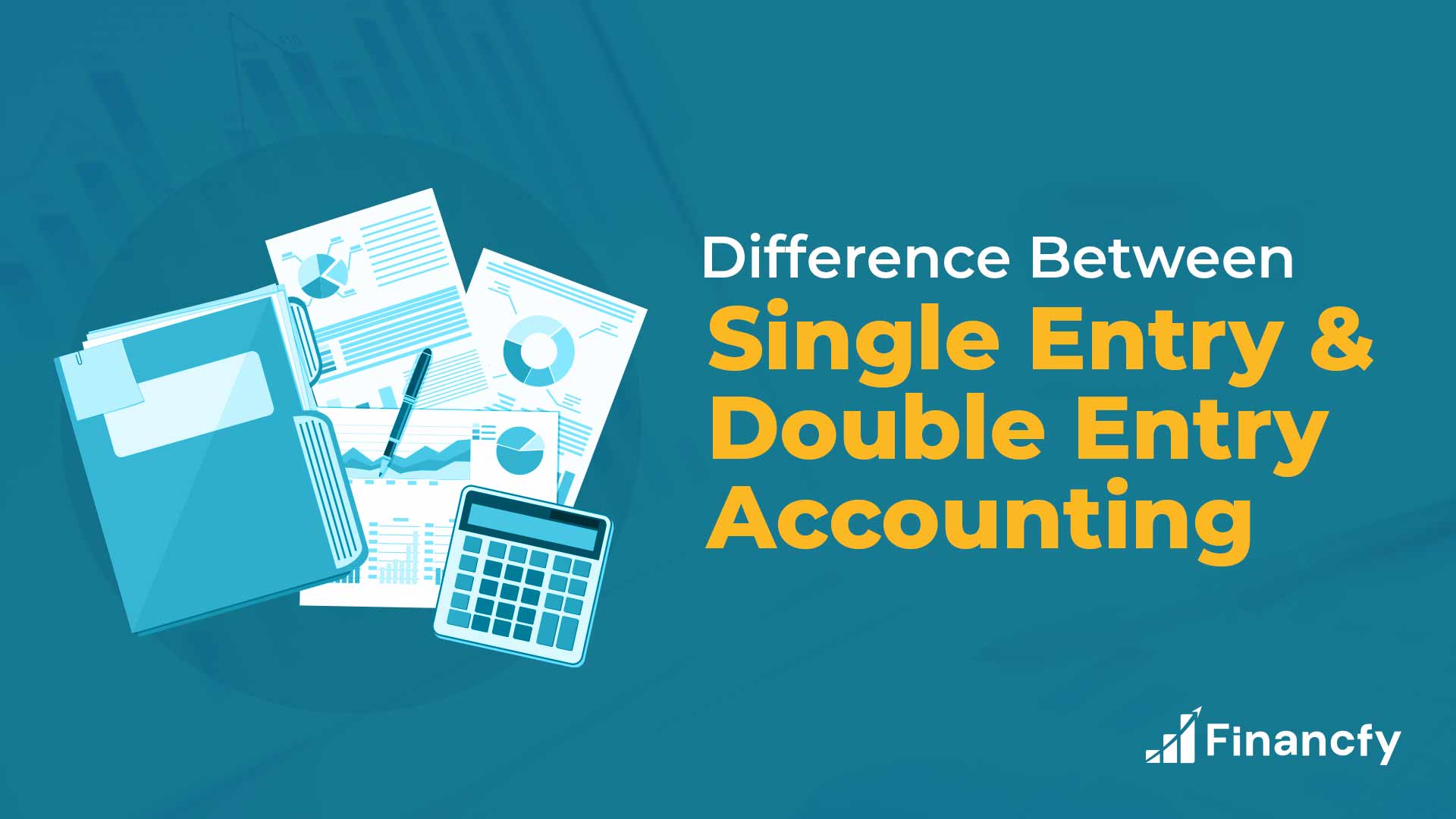Invoicing stands out as a crucial component of business processes. Efficient invoicing serves as the lifeline of cash flow of a business. Invoicing and billing are made simple and effective with Financfy’s online invoice management solution. Even after using a professional invoicing software there are some issues business owners struggle with. This is because they don’t have proper knowledge of professional invoicing. It causes delayed payments and imbalances the cash flow management. If it is done right, it can shorten payment cycles, enhance customer relationships, and maintain a steady income stream.
So, today we are going to provide you with some advanced invoicing tips suitable for businesses of all sizes and industries. These tips will ensure that your invoicing process is smooth and effective. You will be able to optimize your invoicing for better performance and profitability.
Key Takeaways
- General invoicing tips and tricks for prompt payment.
- Pro invoicing tips and tricks for continuous improvement.
- Financfy is the best suitable invoicing software to execute these strategies.
10 General Invoicing Tips & Tricks:
Implementing the following invoicing tips and tricks will smooth the path for prompt payments:
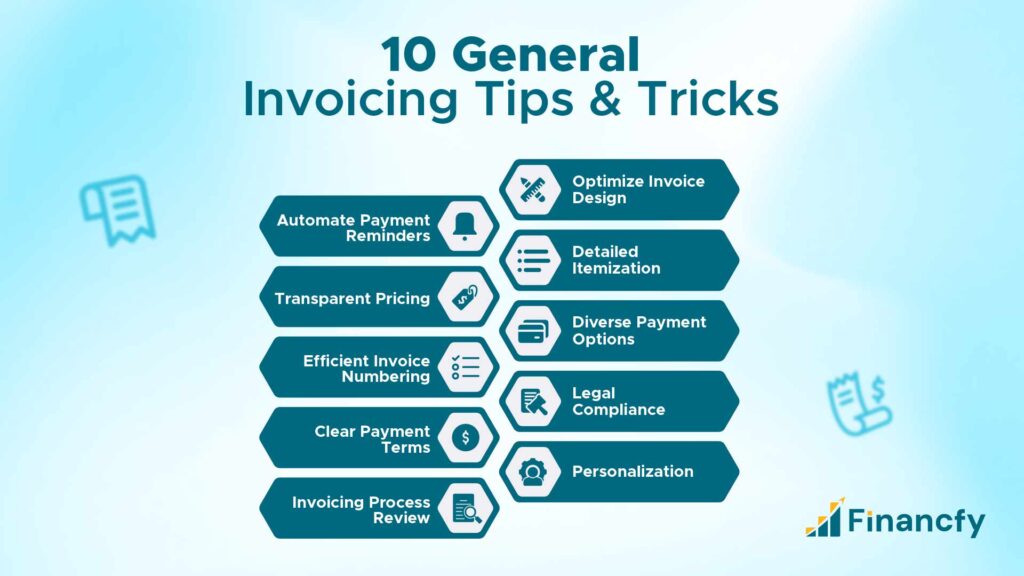
1. Optimize Invoice Design
First impressions are important for everything. Professional invoices should be clear and easy to understand. A clean, well-organized invoice layout captures the attention of clients and speeds up the payment processing. A clutter-free invoice highlights the most important details such as the amount due and the payment deadline. Which eventually reduces the likelihood of delayed payments due to misunderstandings.
Tips for Creating an Easy-to-Read Invoice:
- Use the company’s color palette to design and logo to maintain brand identification.
- Choose fonts that are professional and easy to read. Don’t use more than two different fonts in a single invoice.
- Organize information in a logical structure. Start with the most important details like invoice number, date, and recipient information.
- Use spacing or lines clearly separate different sections like billing information and total amount due.
- Bold or color-highlight information like totals, due dates, and payment instructions.
- Avoid excessive graphics or decorations.
- Ensure the invoice is mobile-friendly.
2. Automate Payment Reminders
A good invoicing software will have built-in automated payment reminders options. It can be customized according to your payment terms. Manual payment reminders are time consuming and prone to human error. Automation eliminates the need for manual follow-ups. With an automated system, reminders are sent out consistently and on schedule. Set up automated reminders a few days before the due date and after it passes. Thus, businesses can improve their cash flow and reduce the number of overdue invoices. It also helps to maintain a professional relationship with clients.
3. Detailed Itemization
Itemization in professional invoicing doesn’t mean just listing. It’s about breaking down the provided services or products so that clients can understand easily. Clients should understand exactly what they’re paying for by looking at the invoice. Detailed itemization also works as a record of the transaction. It is useful for both accounting purposes and tax considerations. Ultimately, this thing enhances transparency and trust between a business and its clients.
Best Practices for Clarity of Invoices:
- Use clear and concise titles for each service or product.
- Break down complex services.
- Include the quantity and the price per unit for every product.
- Group similar items together for easier comprehension.
- Provide subtotals for each section.
- Clearly indicate any discounts applied or additional charges.
- Use sequential numbering.
4. Transparent Pricing
Don’t compromise anything with the payment terms. From a clear invoice with transparent pricing clients easily understand exactly what they are being charged for and why. Clients should feel that they are getting their money’s worth. This transparency builds trust and strengthens the business relationship.
How to Present Rates and Taxes?
- Explain your pricing model. Make sure your clients understand whether you are charging by the hour, by the project, or through a subscription model.
- If there are potential additional costs, be upfront about additional costs.
- Create a separate line for taxes and explain what each tax is for.
- Provide a detailed breakdown of costs for complex projects.
- Highlight discounts or promotions and explain the reason for the discount.
- Clearly state the payment terms, including any charges on late payments.
5. Diverse Payment Options
Make it simple for your clients to pay you. Offer them a variety of easy payment methods. Provide online payment options like credit cards, PayPal, digital currencies or bank transfers. This will lead to quicker payments and improved cash flow. Moreover, providing multiple payment options may provide you a competitive edge.
Popular Payment Methods to Consider:
- Credit and Debit Cards
- Bank Transfers
- Online Payment Gateways like PayPal or Stripe
- Mobile Payment methods like Apple Pay or Google Wallet
- Cryptocurrency
- E-Invoices
- Payment Installments
6. Efficient Invoice Numbering
Each invoice should be addressed with a unique identification number. This to easily track payments, organize financial records, and manage client accounts. This specific numbering acts as a unique identifier for each invoice and gives you & your clients a point of reference. It reduces the risk of errors and ensures that every transaction is accounted for. It is also crucial for maintaining clear communication with clients and preparing for audits or tax season.
7. Legal Compliance
Compliance with legal standards ensures that invoices are recognized as valid documents by authorities. Also it provides protection in the case of disputes. Understanding legal requirements helps maintain the integrity of financial records. It can prevent costly legal complications and potential penalties in the near future. Legal requirements for invoices vary depending on business location, industry, and the nature of the transaction. There are a multitude of regulations like tax compliance to consumer protection laws.
Common Legal Elements to Include:
- Business Identification
- Customer Information
- Invoice Date
- Unique Invoice Number
- Clear Description of Goods/Services
- Payment Terms
- Tax Details
- Legal Disclaimers
8. Clear Payment Terms
Setting clear payment terms means outlining when and how payments should be made. By specifying these terms, businesses can stay clear of confusion. This clarity minimizes the risk of misunderstandings and helps to create a professional and transparent relationship with clients.
Possible Terms that Should be Cleared:
- Specify the exact date of payment is expected.
- Clearly define any fees chargeable for late payments.
- Describe the accepted forms of payment.
- For high-value invoices, clearly define the installment amounts and due dates.
- Describe if there are any discounts or other benefits on early payments.
- Include terms for payment in case of cancellation by the client.
- State the legal actions that may be taken if payments are not made.
9. Personalization
Personalization in invoicing is a subtle art. It has a positive impact on client relationships. You have to make your clients feel that you value them beyond just the numbers. Personal touches in invoices can lead to stronger client bonds. Showing your clients that you see them more than just an account number creates a sense of appreciation and connection.
Ideas for Personalizing Invoices:
- Use the client’s name on invoices.
- Include a short, personalized message like thanking the client or highlighting a recent milestone.
- Give a little touch of design to match the client’s branding.
- Add notes for future plans.
- Recommend additional services or products.
- Invite clients to provide feedback.
- Offer special discounts on occasions.
10. Invoicing Process Review
Invoicing is the process by which you get paid for your goods or services provided. Regular reviewing the invoicing process is essential. It is to ensure that the invoicing system is functioning efficiently and effectively. Regular reviews allow businesses to adapt to changing client needs and preferences.
Steps to Conduct an Effective Review:
- Review your invoicing process monthly, quarterly, or annually.
- Collect feedback from clients.
- Analyze payment patterns and follow up on any delays.
- Make sure that your invoicing process is compliant with current tax laws and business regulations.
- Compare your invoicing process with industry best practices for improvement.
- Iterate and adapt your invoicing process over time.
10 Pro Invoicing Tips & Tricks:
With these pro invoicing strategies you will be able to optimize the entire payment ecosystem:
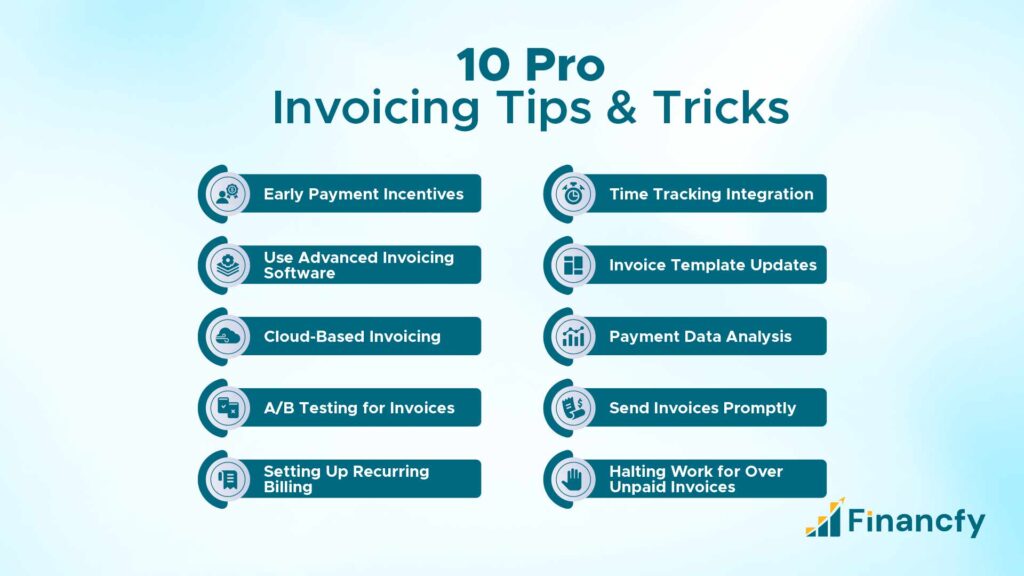
11. Early Payment Incentives
One of the most effective ways to promote timely payments is to offer early payment incentives. You just have to provide a small discount for payments made before the due date. Here, clients save money, and businesses benefit from improved cash flow. It is a win-win situation for both parties.
12. Use Advanced Invoicing Software
Use advanced invoicing software like Financfy. Advanced invoicing software provides you with a suite of features designed to optimize and automate the billing process. This kind of software is a comprehensive toolkit for businesses to manage their finances with precision.
Key Features to Look For in an Invoicing Software:
- Automated Invoicing
- Customizable Templates
- Multi-Currency Support
- Integration options
- Cloud-Based Access
- Real-Time Reporting
- Data Security
- Customer Support
13. Cloud-Based Invoicing
Cloud-based invoicing has revolutionized the way businesses manage their financial transactions. With the power of the cloud, invoices can be created, sent, and stored online. Businesses can manage their invoicing needs without the constraints of traditional software. You must evaluate the features before acquiring one. But there are some security considerations that come with cloud-based invoicing to protect sensitive financial data.
Security Considerations in the Cloud:
- Make sure that all data is encrypted.
- Implement strict access controls and permissions.
- Conduct audits to identify potential vulnerabilities.
- Choose cloud services that comply with industry standards and regulations.
- Use multi-factor authentication.
- Secure Payment Processing.
14. A/B Testing for Invoices
A/B testing is commonly associated with marketing and web design. It is a method to compare two versions of a single variable that are tested against each other to determine which one performs better. A/B testing is a powerful tool to optimize various elements of the invoicing process. Compare different invoice designs, payment terms, or even the timing of invoice delivery. In this way, you’ll gain insights into what strategies result in faster payments and better client satisfaction.
How to Conduct A/B Tests?
- Choose one specific aspect of the invoice to test.
- Create two versions (A and B) with only one key difference between them.
- Divide your clients randomly into two groups.
- Issue version A invoices to one group and version B invoices to the other group.
- Track & measure the metrics such as payment time, client queries, and overall satisfaction.
- Adopt the strategy performed better for future invoicing processes.
- Keep detailed records of your tests & results.
15. Setting Up Recurring Billing
Recurring billing models are becoming increasingly popular. It is a process where invoices go out to your clients automatically on a recurring schedule. You won’t have to do anything manually. This process is suitable for service oriented businesses. It ensures a timely payment environment and a convenient way for businesses to ensure consistent revenue streams. Also, customers can enjoy uninterrupted services. Carefully setting up recurring billing systems gives a smooth experience to both the business and customer.
Best Practices for Managing Subscription Invoices:
- Keep customers informed about upcoming charges, changes in pricing, or updates to their subscription plans.
- Allow customers to cancel their subscriptions easily, without any hidden fees.
- Provide detailed invoices that clearly break down charges.
- Send reminders before subscription renewals.
- Maintain accurate records of all subscription invoices.
16. Time Tracking Integration
Integrating time tracking into your invoicing process is the best way to achieve accurate billing. Time tracking integration ensures that every minute spent on a project is accounted for and generates invoices based on actual work completed. This level of precision is needed for transparency. It provides clients with a clear picture of how their investment is put into your hard work.
17. Invoice Template Updates
Modernize and update your invoice templates so that they meet the evolving expectations of clients and the changing standards of your industry. A modern invoice template reflects a professional image. It adapts to new technologies, and meets the latest regulatory requirements.
Ideas for Keeping Your Templates Up-to-Date:
- Periodically update the visual design to keep it clean & professional.
- Add new invoicing features to your templates while they become available, such as QR codes for payment.
- Regularly review and update legal and tax information.
- The template should be responsive & easy to read on all devices.
- Update your templates to integrate seamlessly with new business softwares.
- Make sure your templates load quickly and function efficiently.
- Regularly update security features to protect sensitive client information.
18. Payment Data Analysis
Data is a powerful asset that can reveal much about client behaviors. Payment data analysis means examining the details and patterns of past transactions to gain insights into client payment habits. This evaluation helps to improve the invoicing process on payment terms. It can even predict future payment behaviors which leads to more effective cash flow management.
Strategies for Analyzing Payment Data:
- Look for patterns in payment times, amounts, and methods.
- Group clients by payment behavior.
- Create a scoring system to rate clients on their payment reliability.
- Combine payment data with client feedback to understand the reasons behind payment behaviors.
- Analyze which payment methods are most popular among your clients.
19. Send Invoices Promptly
Clients always expect quick and efficient communication, including billing. Sending out invoices immediately after providing a service is a practice that can significantly impact your cash flow and client relations. The sooner an invoice is received, the sooner a client can process it for payment. Prompt billing reflects a well-organized and professional business operation. Timely invoicing ensures that all services are billed and accounted for.
20. Halting Work for Over Unpaid Invoices
The flow of work is as crucial as the flow of payment. When payments lag, it can lead to a significant imbalance. Ceasing work due to unpaid backlogs is showing the value of labor and services rendered. This halt is a call for accountability and respect for the contractual obligations. Delayed payments have a significant effect on the financial health of businesses. It’s a disruption in the supply chain and operations. Which potentially leads to a loss of trust and reputation. There is a need for systemic change beyond immediate solutions. Implementing stricter payment terms, regular audits, and transparent financial practices can help prevent such situations. It’s about creating an environment where work and payment go hand-in-hand.
To execute all the tips & tricks above, you need powerful and advanced invoicing software. And Financfy is the best choice for that. You will be able to execute all these tips & tricks by using theinvoice management system of Financfy. Financfy offers a comprehensive suite of features for your smooth invoicing & billing experience and other financial management for businesses.
Conclusion
Implementing the tips shared above is essential for optimizing your invoicing process. You will find the differences once you execute them. The strategies discussed above are the result of a long experience with client invoicing. So, there is no doubt that it will ensure prompt payment and improve your business cash flow. Remember, effective invoicing is more than just about sending bills. It’s also about delivering value and building trust with your clients.
 See all features
See all features 